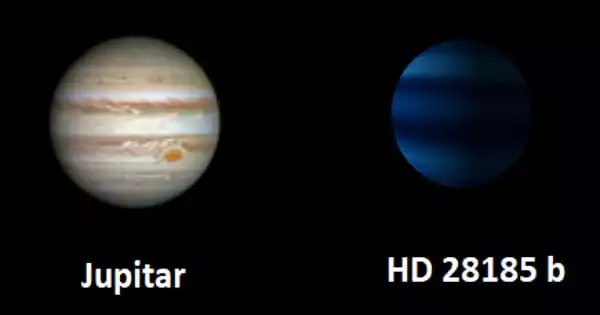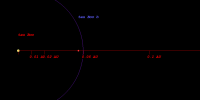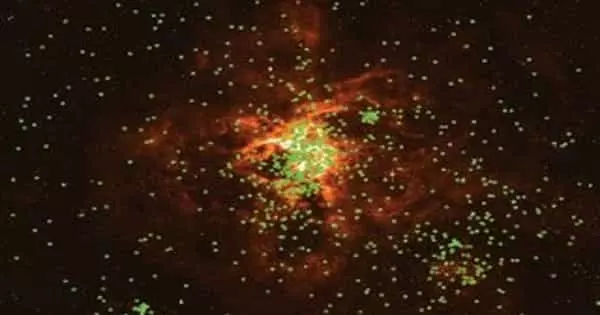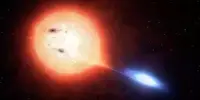HD 28185 b is a gas giant exoplanet in the habitable zone of a G-type star. It is an extrasolar planet located in the constellation Eridanus, approximately 128.6 light-years from Earth. It has a mass of 5.9 Jupiters, takes 379 days to complete one orbit around its star, and is 1.02 AU away from it. HD 28185 b orbits its star in a circular orbit towards the inner rim of its star’s habitable zone.
In 2001, it was announced that it had been discovered. The planet was identified in April 2001 as part of the CORALIE scan for southern extrasolar planets, and its existence was independently confirmed by the Magellan Planet Search Survey in 2008.
Discovery
HD 28185 b was identified by detecting minor periodic fluctuations in its parent star’s radial velocity induced by the planet’s gravitational attraction. The Doppler shift of the star’s spectrum was used to achieve this. HD 28185 was discovered to have a wobble along the line-of-sight with a period of 383 days and an amplitude reflecting a minimum mass 5.72 times that of Jupiter in 2001.
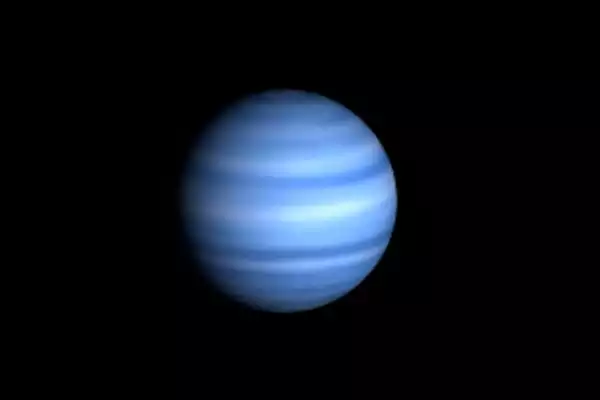
Orbit and mass
HD 28185 b orbits its parent star in 1.04 years. Unlike most known long-period planets, HD 28185 b’s orbit has a low eccentricity, comparable to Mars in the Solar System. The orbit is totally within the habitable zone of its star.
The amplitude of the radial velocity oscillations indicates that the planet has at least 5.7 times the mass of Jupiter in the Solar System. However, depending on the orbital inclination to our line of sight, the radial velocity technique only produces a minimum figure for the planet’s mass. As a result, the true mass of the planet could be significantly larger than this lowest limit.
Characteristics
Given its mass, the planet is most certainly a gas giant with no solid surface. Because the planet was only discovered indirectly through measurements of the star, its radius, composition, and temperature remain unknown. The irradiances of the periastron (0.959 AU), semimajor axis (1.031 AU), and apastron (1.102 AU) are 112 percent, 96.6 percent, and 84.5 percent of that of the Earth, respectively.
Some have hypothesized about the possibility of life on worlds in the HD 28185 system since HD 28185 b orbits near its star’s habitable zone. While it is unknown if gas giants can support life, studies of tidal interactions imply that HD 28185 b might host Earth-mass satellites in orbit for billions of years. If such moons exist, they may be capable of providing a habitable environment, albeit it is unknown if such satellites would arise in the first place. A small planet in one of the gas giant’s Trojan spots might also exist in a habitable orbit for lengthy periods of time. The high mass of HD 28185 b, of over six Jupiter masses, actually makes either of these scenarios more likely than if the planet was about Jupiter’s mass or less.
